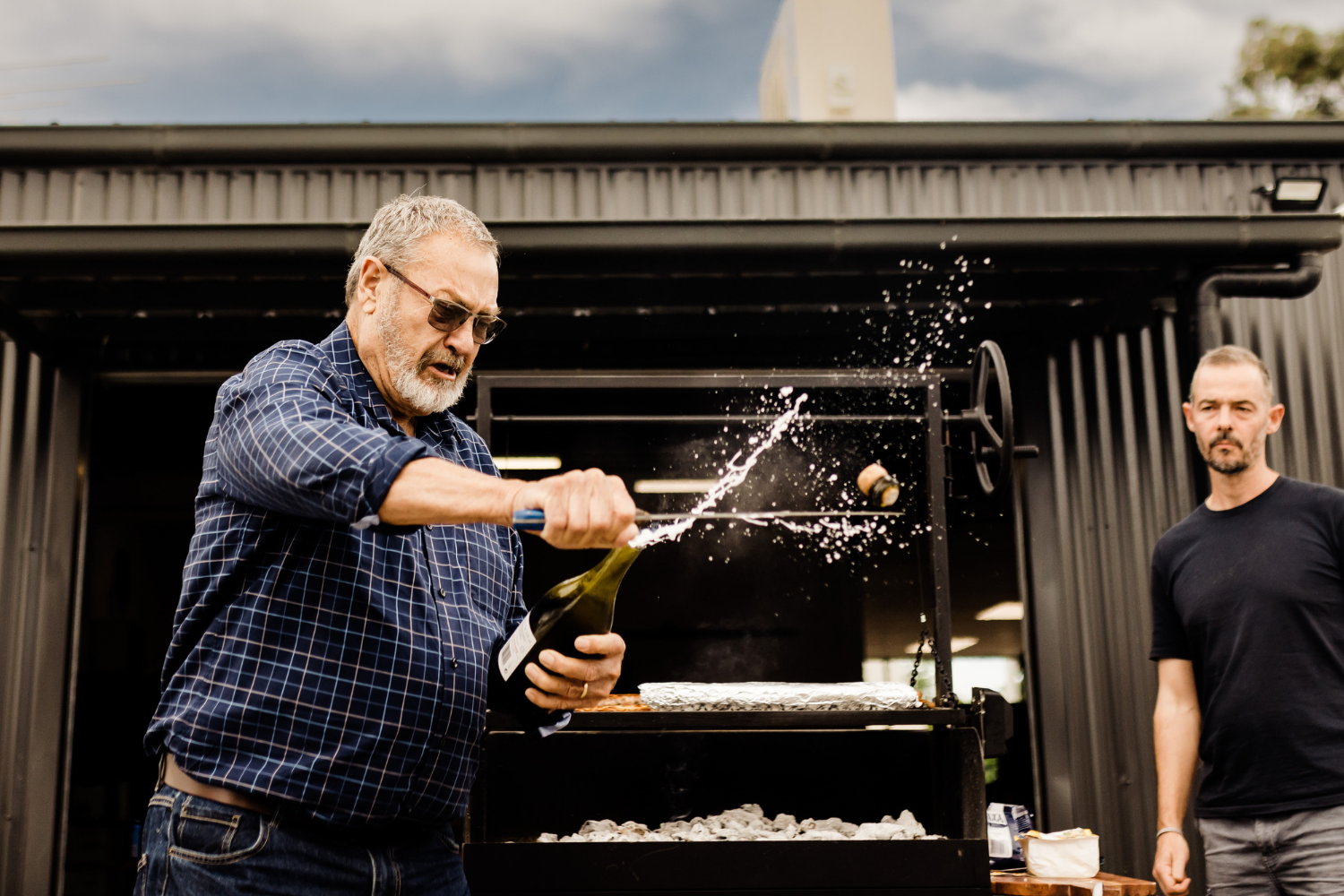Champagne is mostly consumed (with higher consumption per head) during special occasions - weddings, birthdays and or the horse races. If you want to take "Champagne Days" to the next level then it's time to partake a quick learning - the 7 steps to Sabering.
In the early days this was done whilst riding a horse (the troops of Napolean both before and after wars). In the words of Napolean "I drink champagne when I win, to celebrate... and I drink champagne when I lose, to console myself."
If you have a horse you can perform this in Napolean style - if not you can follow the 8 steps below.
8 Steps to Champagne Sabering
1. Grab a Champage Bucket and add ice (plenty of ice - if in doubt add more).
Not only does champagne taste better when chilled the chilling of the bottle itself makes it easier to crack.
2. Place the Champagne bottle in the bucket and add water.
Try and put as much of the bucket beneath the ice as possible (you can add the champagne then the ice). If you are in hurry then add some water. This brings the cold ice water in direct contact with the bottle and help accelerate the cooling of the bubbles (and bottle).
3. Toss a generous fist full of Salt into the bucket
This is a step often missed. Water (without salt) can go to minimum of 0 degrees. Any colder and it turns to ice (and will lose contact with the bottle). Once you have added a got shake/toss of salt water can get a lot colder before turning to ice - up to minus 21 degrees celsius. This makes a big difference!!
The air is warmer than the bucket. Get it in fast and let the cooling begin.
4. Wait (at least 15 mins - even if you are thirsty)
If you are very thirsty add a few more bottles (and still wait 15 mins). You may need a larger bucket or another one. This is important as cold glass cracks more easily.
5. Remove the foil and wire around the cork
These items that can ruin the partay. Remove them and flick them toward (hopefully into the bin).
6. Find the Champagne bottle half line
Champagne bottles are made by creating to half bottles and then connecting the pieces. This is the weakest area of the bottle and the place to aim the blade.
7. Position the knife aiming for the top of the neck (known as a the annulus)
We need to strike the bottle where the glass goes up (usually at 90 degrees). We don't need to swing hard - we need to concentrate, focus and relax - similar to the perfect golf club swing or snooker tap.
8. Lastly BANG! Slide the knife blade toward the champagne. Please note - you use the BACK OF THE SABER not the front (this is about power not sharpness). As you do this think of your best friends, think of Napoleon and think of the future. Hope for the best and savor the moment!!
Good luck!!




